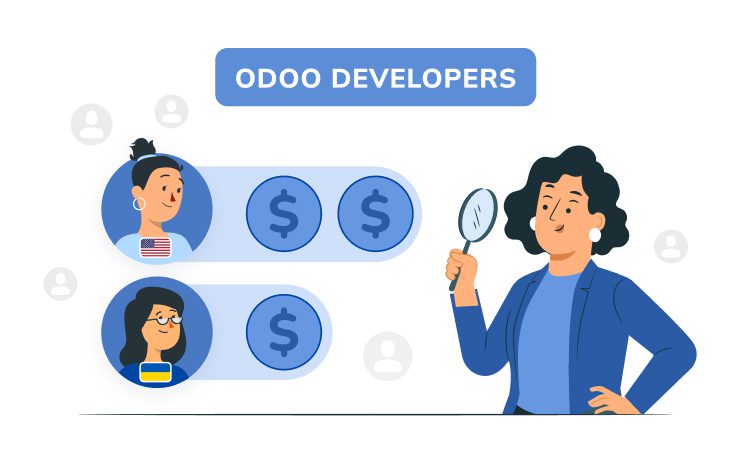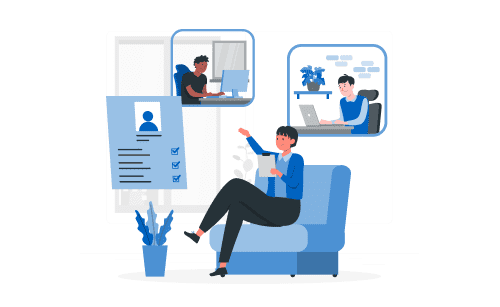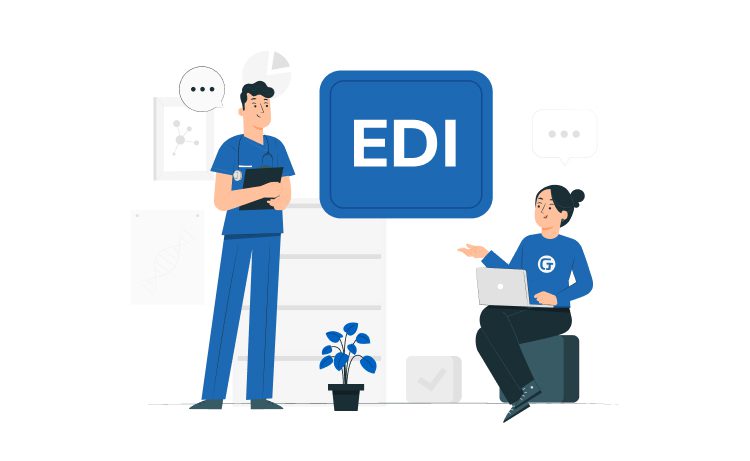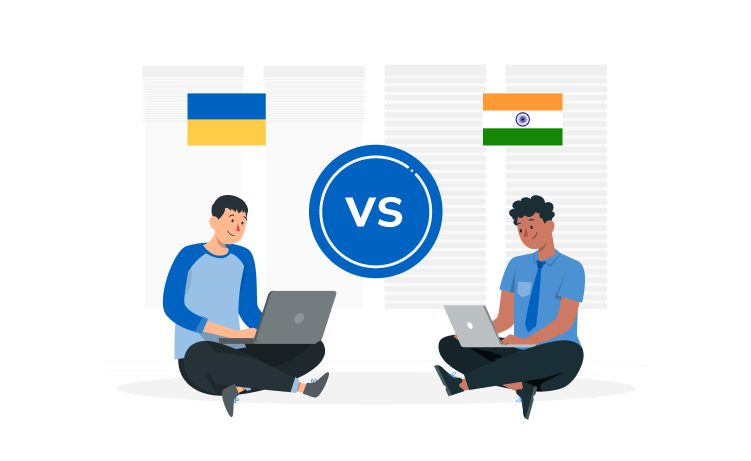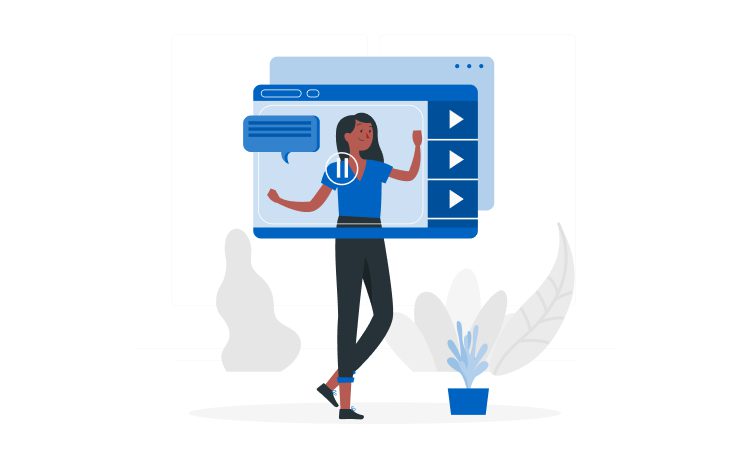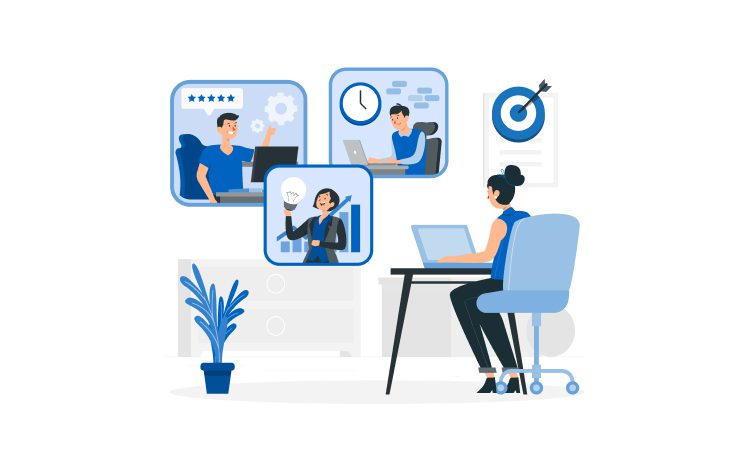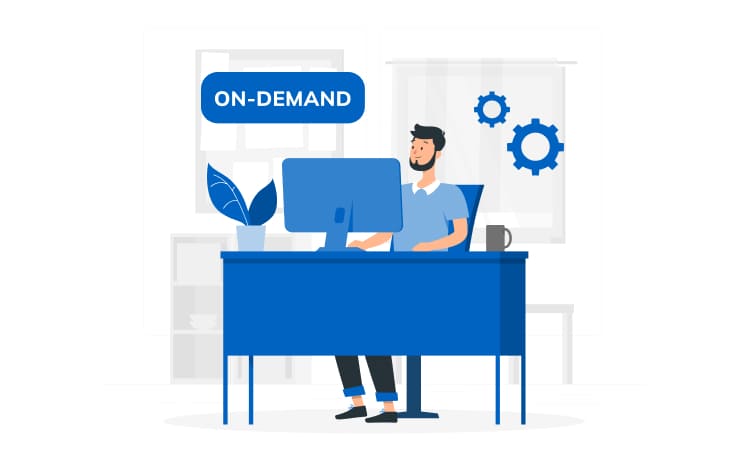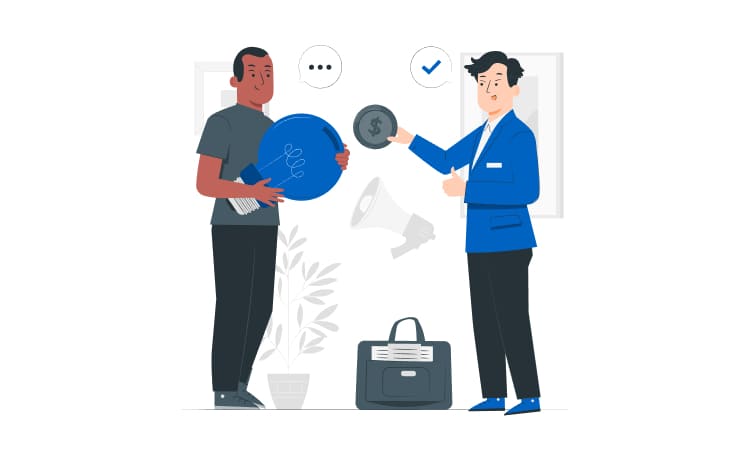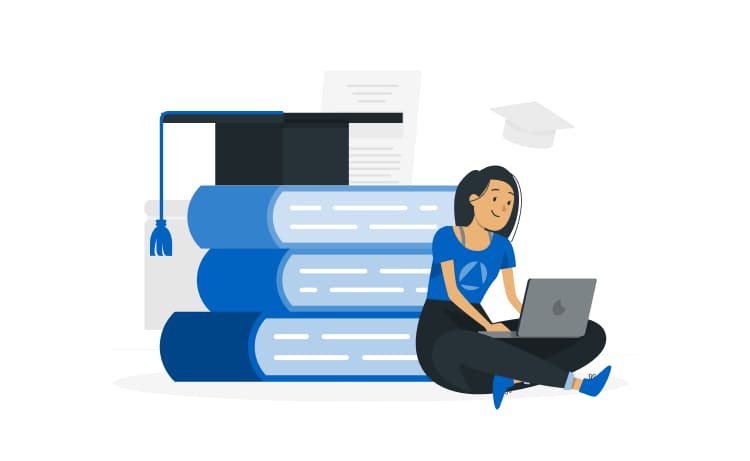
How to Create a Learning Management System From Scratch: Step by Step Guide



With the beginning of the Covid-19 pandemic, a massive, rapid transformation of familiar processes has launched. More and more companies are deploying their business tools in the cloud, offices are moving to remote working, and educational institutions are streaming classes online.
The training industry has been particularly affected by the changes. While all sorts of digital courses weren’t widespread until 2019, demand for virtual classes has increased as early as 2025. Not only students are taking advantage of LMS, but also companies that want to increase the expertise of their employees.
In 2025, interest in virtual learning continues to grow. And now is probably the best time to create your own LMS platform. In this process, desire alone is not enough. Glorium Tech experts have prepared a brief tour inside the technical component of LMS, where they will tell you how to create and deploy it correctly.
Content
LMS, or Learning Management System, is a digital, cloud-based platform that gives users access to all kinds of courses, lessons, and tutorials. It also allows you to monitor the progress of your studies and evaluate the quality of your learning.
Some of the existing systems can even issue digital diplomas or certificates of successful course completion. A prime example of this is Google Digital Garage, where you can get a certificate for free after completing one of the available training programs.
There are several classifications of Learning Management System development, which differ in scope, functionality, and licensing models.
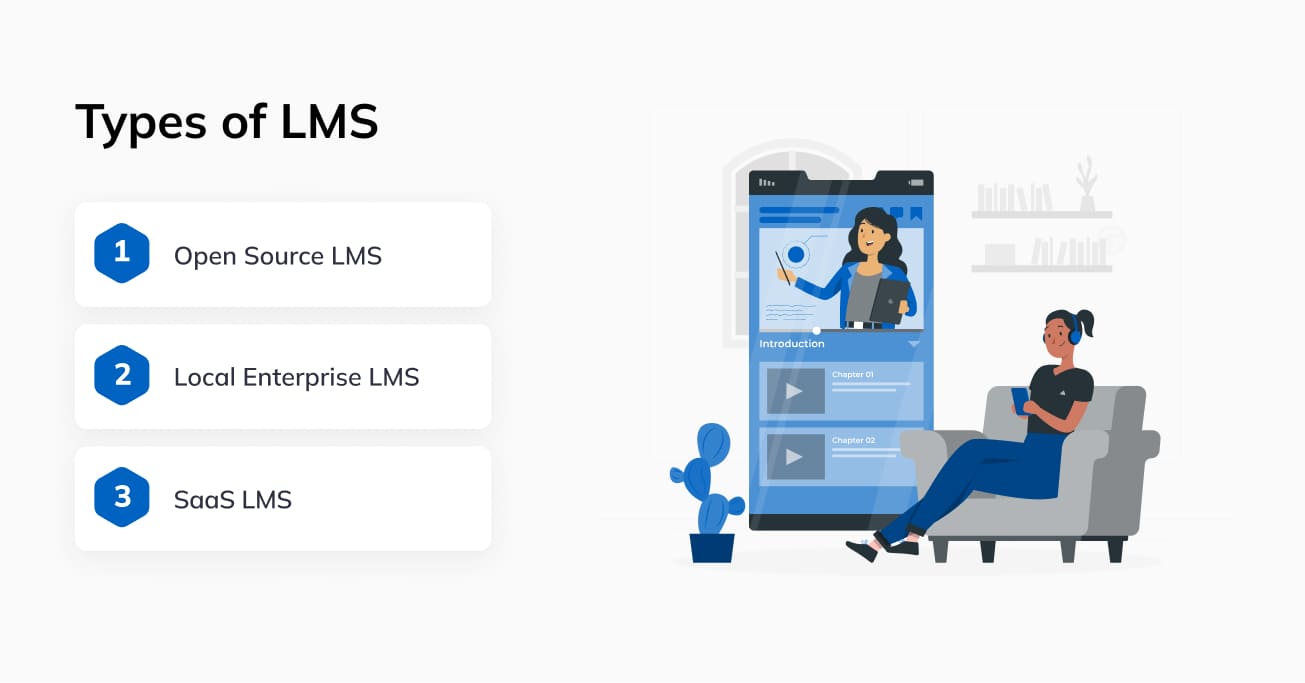
There are three types:
Additionally, we divide the types of LMS into integrated and stand-alone, which may or may not be synchronized with other resources or platforms.
As for the areas of application of platforms after LMS development, there are a lot of options. The only problem is that it is difficult to create a multifunctional resource that suits all types of audiences. That is why there is a limited gradation in the areas and directions of Learning Management System development.
Types of LMS by purpose:
That is, Learning Management System development allows you to implement a personalized or hybrid platform for all audiences and tasks. Is it reasonable if there are already hundreds of similar resources? Yes, because your system must cover the tasks that the company or target audience needs. So, how to develop a Learning Management System?
The process of creating your own LMS is similar to the classic development of an IT solution, with a few differences:
This will all help your LMS to survive in a highly competitive industry. The development process itself is divided into 10 stages, although their number may vary depending on the scale or customer requirements.
Here is a step-by-step guide to the fascinating world of Learning Management System development, using Glorium Tech as an example.
The success of any IT project depends on its demand in the market. That is why the first thing to do is to fully analyze the state of the industry, its brightest representatives, and its digital products.
This is where it’s important to highlight:
All of these factors will help you build a complete picture of the field, identify the best players, and learn from their experience. Accordingly, you’ll be able to immediately draw up a plan for developing and scaling your IT product.
Trying to cover all categories of users in one LMS can become a complete fiasco. That’s because you won’t be able to meet all of your customers’ needs early on. It’s better to put it off until release and add a specific point to your scaling strategy.
If you have collected industry data: supply and demand metrics, types of popular content, and market needs, then you will know exactly which area your LMS will be needed by users.
When you have an idea, a research background, and an understanding of the target audience’s needs, you can begin the first stages of Learning Management System development, namely planning and design.
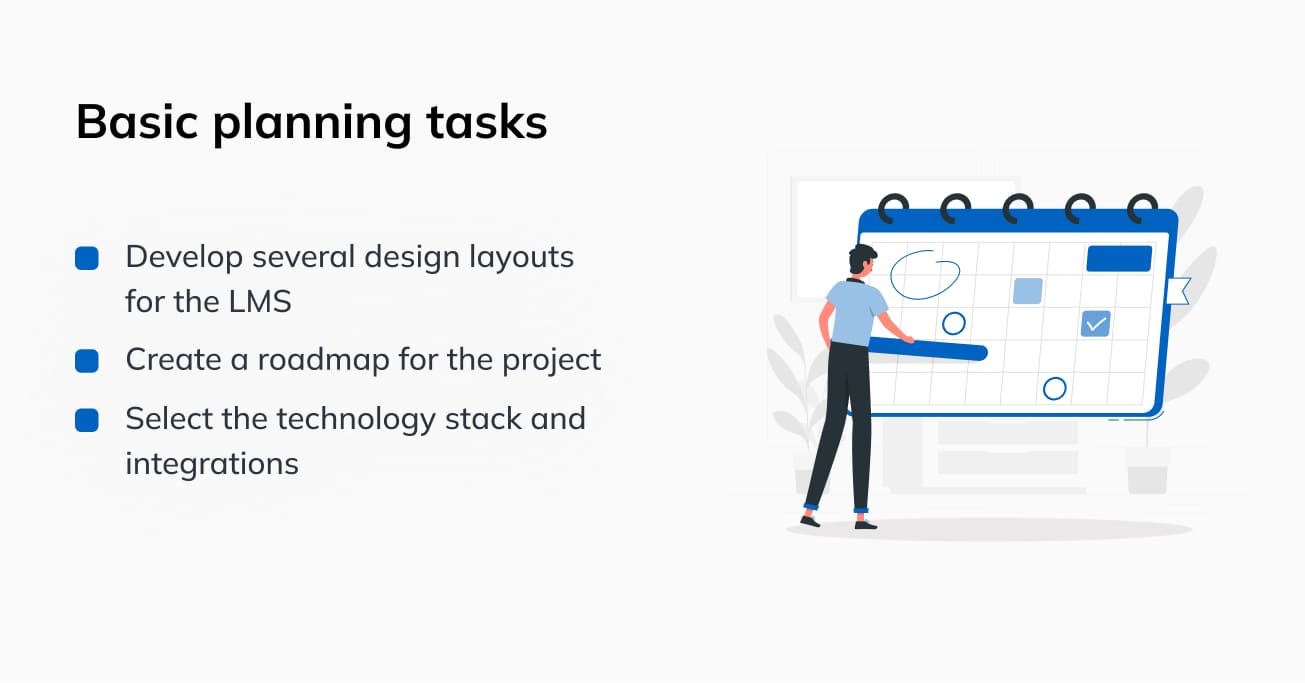
At this stage, it is important to do three things:
An objectively and thoroughly developed plan speeds up the development, and a modern and user-friendly UI improves the quality of the UX. The cost of creating them at the beginning of the project saves resources after the MVP is released (we’ll talk about the final version later).
Architecture in an LMS is not just a matter of selecting functions and placing them in the body of the program. It is comprehensive work on creating efficient and productive logic without unnecessary request redirects, incorrect APIs, or external modules.
The right LMS architecture must quickly process requests and produce relevant information, regardless of where the source is located. If necessary, a gamification element is introduced with a grading system, a competitive element.
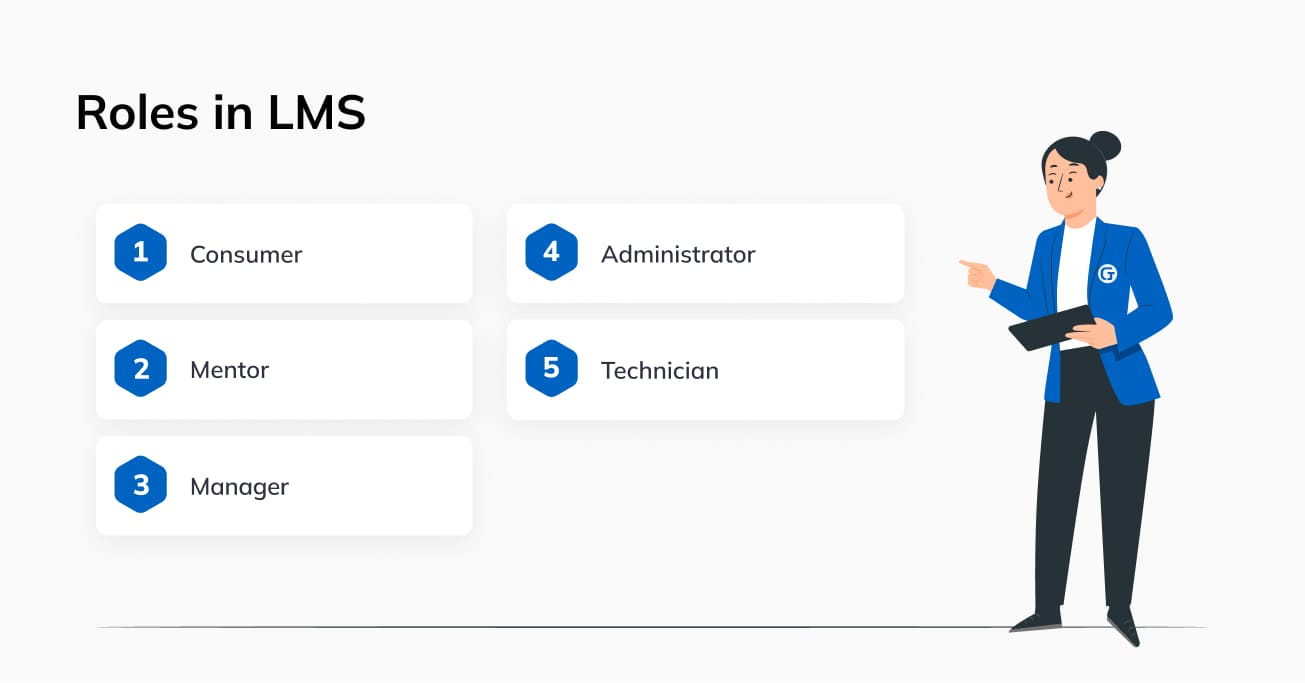
It is also used to implement an access control system. In LMS, this is a very important function. There are 5 main categories of system users:
All these roles must be clearly defined in the system and securely protected from unauthorized access from the outside. As a rule, electronic keys and end-to-end connection encryption are used for this purpose.
When creating your own LMS, the architecture should be properly designed to allow further scaling. That is, even changes in a particular function should not lead to the collapse of the code, failure of some functionality, loss of access, etc.
How to develop a Learning Management System without wasting your budget? Entrust this task to Glorium Tech professionals. The company’s specialists have vast experience working with all popular frameworks and development languages.
The Learning Management System development stage consists of creating the program’s back-end and front-end components and a database (usually used for managing access or storing client information, links to content, etc.).
Also, at this stage, we create functions and elements of the system, for example:
If necessary, we also develop mobile clients for popular operating systems: iOS and Android, as well as their forks: OneUI, MIUI, HarmonyOS, OxygenOS, and ColorOS.
Generally, the testing process in Agile, DevOps, and TestDevOps methodologies begins with the first stages of development. LMS development is no exception.
Since modern QA assumes almost 100% automation, it is sufficient to create scenarios and periodically automate them. It is important in the LMS to check all key software operations for bugs:
All components of the software must work smoothly and without interruption. This is especially important at the MVP release stage when it is the first users of the LMS who determine the success of the project.
If you already have a content database, it’s very good because all the materials can be immediately filled in the cloud and set up a connection to them by standard LMS means.
At this stage, there are all sorts of integrations and synchronizations, both data and some modules. Also, the software base is placed in the cloud storage.
When the Learning Management System development is complete, the platform is deployed and synchronized with the data, the penultimate stage comes – comprehensive testing. Its peculiarity lies in the huge amount of work. In order to increase the effectiveness of testing, you can involve ordinary users who will use the resource without understanding how exactly it works.
It is important to prevent critical bugs from leaking into the first release of MVP because it will play a key role in the further existence of the product. As practice shows, the first impressions of consumers form the opinion about the project, and the word-of-mouth effect will finish the job, promoting or destroying the IT solution and sometimes the brand.
Pompous advertising and reviews by “independent” experts will help your LMS win the love and commitment of the public. This is especially important at the MVP stage, so make sure to focus on marketing and QA.
The first release is a kind of practical testing of the idea and collecting statistics, feedback, and all sorts of metrics related to the LMS. At this stage, you need to focus as much as possible on analyzing all incoming information: performance logs, connection statistics, server stability, and user feedback.
Only a high-quality collection of information and using it to improve the digital solution will help you properly scale the LMS and make the final release.
Be prepared that not everyone will like your LMS. In addition to positive feedback, you will receive criticism and negativity about the company and the software. And the critical factor here is how you use this information.
Communication with the consumer is one of the most important points of the marketing and technical roadmap of the project. Only real feedback, comments, and suggestions will help you realize a fully successful and popular digital product. And this rule works for all business segments.
When you have gathered enough information about the effectiveness and relevance of your LMS, the modernization phase begins. It is important to incorporate feasible suggestions and wishes into the software optimization cycle while maintaining the idea of the project. Proper scaling is not always about the technical stack; rather, it is about working on the mistakes made during the creation of the MVP.
The same goes for support. The user is the best QA expert in the world. They can find bugs where professionals or automated algorithms failed. So do not ignore bug reports from users.
Technical support is simple – delegate this task to the project managers. For example, if you ordered Learning Management System development from Glorium Tech, we will assign you a team for timely troubleshooting.
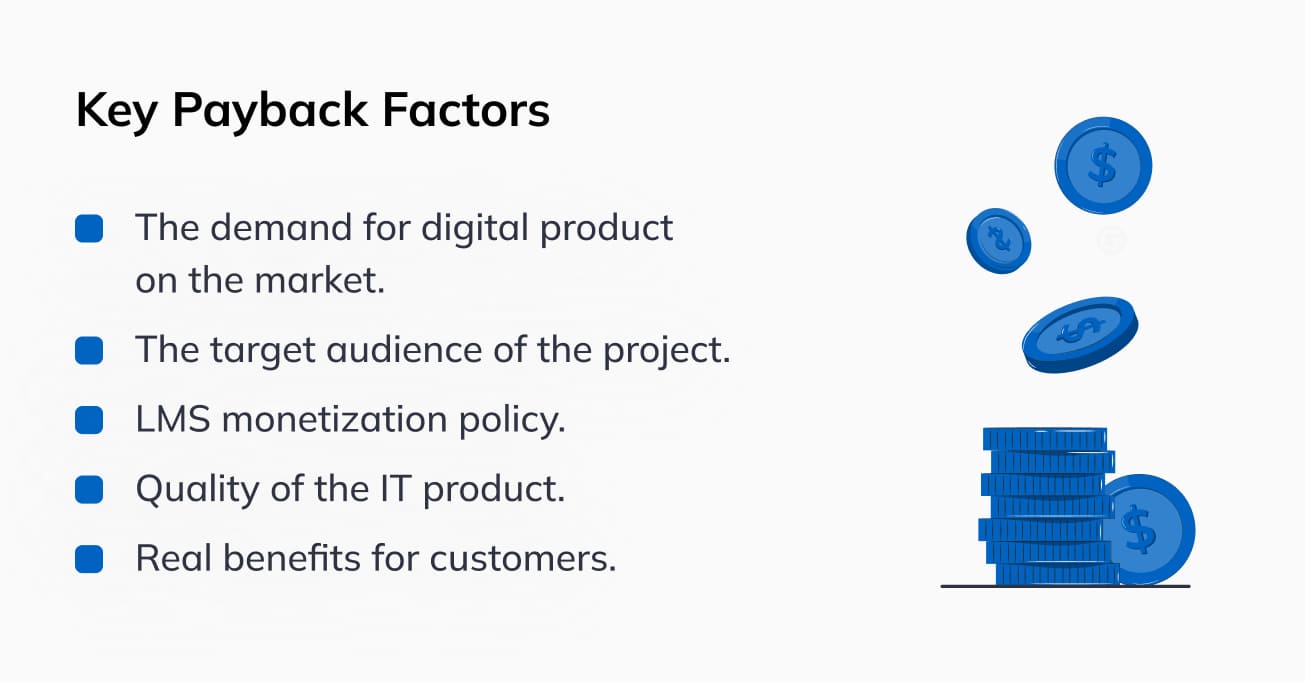
The age-old question “Will the development pay off?” remains open. The answer depends on some factors:
Especially interesting is the third point: monetization. There are five main ways to generate income in the LMS:
As a rule, all of the above methods are effective except “Free.” It’s not even that users don’t like ads. It’s just that you need to spam marketing content literally everywhere: in commercials, on pages, and in notifications. Not only does this annoy consumers, but it also reduces the performance of the LMS.
As for the cost of development, it is an individual figure for each project. It depends on the number of features, the technical stack, the team, and the timeline. The median cost ranges from $70,000 to $150,000 per MVP.
Now you know how to develop a Learning Management System for your company. It is quite a complicated but interesting and fascinating process. The LMS platform itself is relevant and will gain popularity in the coming years. This is indicated by the research of analytical companies and statistics of profile resources. That is why now is the best time to create your own LMS.
At Glorium Tech, we understand the importance of a timely release of a quality IT solution. The LMS market is no exception. That’s why we offer you all our experience and expertise to implement your Learning Management System development project.
In 12 years, we have released more than 100 projects with a 99% success rate of IT solutions on the market. We offer you a full range of services, from consulting and market research to post-release support.
Want to break into the LMS niche in time with a unique digital solution? Describe your idea to us and get qualified assistance in its realization.
Depending on the project’s complexity, it takes 3 to 12 months for the MVP release. The final term is influenced by: the number of features, the size of the team, the technical stack, and the selected set of services.
As the demand for remote learning has grown, so has the need for specialized platforms. An LMS is precisely the key resource for homeschooling, professional development, or even corporate skill improvement.
In the coming years, the trend for LMSs will increase, and new, more advanced systems will appear on the market. That is why this niche is up-and-coming both for business and for the end consumer of content and services.
To begin with, you need to assess the market situation and determine the type of LMS and the target audience of the IT product. This is really important because LMS is a very specific niche where the success of the project depends on the ability to analyze and plan than on the “coolness” of the system.
Next, you need to entrust the software development to an expert team. Glorium Tech has just completed several such projects and is ready to start working on your order.
This is a system for remote learning. It allows you to take courses, lessons, or entire sets of classes, improving skills, grades, achievements, and even certificates or diplomas.
Depending on the type of system and its purpose, it can be used by private clients, companies, and educational institutions.
Content broadcasting, learning progress control, gamification elements, and results evaluation system. The list of features can be expanded upon customer request, but the main thing is to provide them with a user-friendly UI with fast navigation, high system performance, and an extensive catalog of thematic materials.
An LMS allows you to get a quality education or improve your skills remotely. You don’t need to go to classrooms, attend lectures or exams to study. It is enough to study freely and get useful and interesting information.
The advantage of LMS is the extensive catalog of structured training materials. The correct organization and transcription of terms, clips, and text content allow you to learn new information and learn skills quickly.
The LMS opens up remote access to training materials for everyone. The system’s goal is to structure and properly present courses to the audience without having to draw information from other sources.
By type of technical execution:
By purpose:
You need to know exactly the state of the LMS market, the needs of users, and the specifics of the target audience. Only comprehensive consumer information will allow you to create a truly effective and popular digital product and then scale and monetize it.
MOODLE, Coursera, Google Digital Garage, Adobe Captivate Prime, Docebo LMS, TalentLMS, iSpring Learn, eFront.
Individual for each project. If you need an LMS add-on for a SaaS platform, its creation will cost starting at $5,000. For an average project with basic functionality, the median cost is $25,000-$70,000. An advanced platform with additional features will cost $90,000-$200,000. A long-term project with many features and constant updates is estimated at $100,000+.
This is calculated individually for each project. It is generally accepted that 1,000-1,500 hours of development is enough for MVP release if you consider only basic functionality and not a complex technical stack.
